VI. International opposition
Waves of protest against the chemical warfare have been triggered in different social strata in the U.S facing the Trail Dust and Ranch Hand programs. Several influential figures in the U.S Department of State, such as Roger Hilsman and W.Averell Harriman have voiced their opposition against the programs since their inception. They mentioned the potential risks to Vietnam’s civilians and the probability that U.S may be called a barbaric imperial country.
In 1963, many articles written by Richard Dudman on the St. Louis Post-dispatch and other newspapers criticized the herbicide warfare as “dirty war tactics”, including the spray of chemicals on rice fields. These articles call for Robert W. Kastenmeier, a U.S Congressman of Wisconsin state to submit his proposal to President Kennedy to give up the chemical programs in Vietnam and call the chemicals as chemical weapon.
 |
In 1964, an article posted on the Washington Post reported the wrong spray of the herbicides on to an allied-village in Vietnam, destroying rice and coconut crops, the main sources of food of local people. Immediately the following day, the editorial of the newspaper called for the end of the use of herbicides in Vietnam as they were undetectable and could cause severe risks to civilian people.
Since 1964, the Federation of American scientists has voiced their protest against the use of herbicides in Vietnam basing on the argument that U.S. is placing their focus on war as a chance to test their chemical and biological warfare.
In January 1966, a group of about 30 scientists in Boston opposed the damage of crops and considered this as barbaric and rampant attacks into both military men and civilians.
In 1967, a petition with over 5,000 signatures of scientists, including 17 Nobel awardees, 129 members of the U.S. National Academy of Sciences, called for President Johnson’s abandoning the use of toxic chemicals against people and crops in Vietnam. The petition was accepted by the President’s scientist advisor as well as the public.
Also in 1967, the Rand Corporation think tank posted two articles criticizing herbicide warfare as it depleted the food that Vietnamese farmers depend their lives on.
In the same year, the “American Association for the Advancement of Science” urged the U.S. Defense Department to study the long-lasting consequences on environment of the herbicide programs. Although the U.S. Defense Department has assigned the Midwest Institute to conduct study basing on the survey results of the documents stating that the contaminations of people and animals are minor, a council of the National Academy of Sciences, after reviewing the report, concluded that the ongoing studies of the herbicide warfare in Vietnam is not sufficient to give out solid conclusions.
In 1965, the American National Cancer Institute assigned its Division of Cancer Biology to study the toxicity of some herbicides and pesticides. In 1966, some initial reports showed that 2,4,5-T and 2,4-D can cause birth-defect and death to the baby mice of the experimental mice. However, the results were not revealed until 1969 when the reports were leaked on the “Nader’s Raiders”.
The herbicide warfare was largely considered a breach of international law and a war crime by international opinion. Since 1966, there have resolution submitted to United Nations condemning the U.S. for violating the “1925 Geneva Protocol for the prohibition of Asphyxiating, Poisonous or other Gases, and of Bacteriological Methods of Warfare”.
In 1969, the UN General Council passed the Resolution No. 2603-A, reaffirming that the 1925 Geneva Protocol prohibits the use of chemical and biological agents to destroy the trees in international armed conflicts. The resolution specially stated that the use of chemical agents in wars in steam, liquid or solid forms are violation of the protocol as it can cause direct harm to people, animals and plants. The U.S. didn’t accept this articulation and oppose the resolution. Nevertheless, it was still passed on 16th December 1969 with 80 votes, 3 vetoes and 36 abstentions
On 15th April 1970, the U.S. Secretary of Health, Education and Welfare, together with the Secretary of Agriculture and the Secretary of the Interior released a joint statement demanding for the bans of the herbicides containing 2,4,5-T in the U.S., unless they are used in a limited scale in agriculture unrelated activities. On the same day, the U.S. Department of Defense ordered the cancellation of the use of 2,4,5-T contained chemicals, including Agent Orange, for military purposes while waiting for a more thorough assessment of the situation. Since then, the spray of the defoliant lasted only a short time with Agent White. The damage of crops was continued until the end of 1970 with Agent White and Agent Blue. By January 1971, the last activity of Operation Ranch Hand finished.
The U.S. officially ended their Operation Ranch Hand in 1971 but left a huge amount of herbicides for the South Vietnam Government. Basing on the reports, U.S Governments and the chemical companies continued to provide the herbicides to the South Vietnam Government in 1973 and 1974. The South Vietnam Government continued the use of the herbicides until its collapse in 1975.
On 8th April 1975, President Ford issued Executive Order 11850, stating that: “The United States renounces, as a matter of national policy, first use of herbicides in war except use, under regulations applicable to their domestic use, for control of vegetation within U.S. bases and installations or around their immediate defensive perimeters”
During the implementation of the Trail Dust and Ranch Hand programs, especially in the final phase of the war, countless of Vietnamese troops and civilian people exposed directly to the herbicides. Other exposed indirectly through contaminated food and water. According to estimation, the number of victims mounted up to as many as 4 million during the 1961 – 1971 period.
The devastating effect on the environment as a consequence of the defoliating operations has depleted almost all mangroves of South Vietnam.
Besides, the amount of the herbicide being leaked during transportation, unload and storage in or near the USAF bases in Bien Hoa, Da Nang, Nha Trang, Phu Cat, A Luoi, A Sau also contaminated the soil, the surrounding food, and exposed civilian people to the toxic chemicals until today. The use of the herbicides in Vietnam War was assessed as “the biggest chemical warfare in history, causing profound damage to the eco-system as well as public health”.







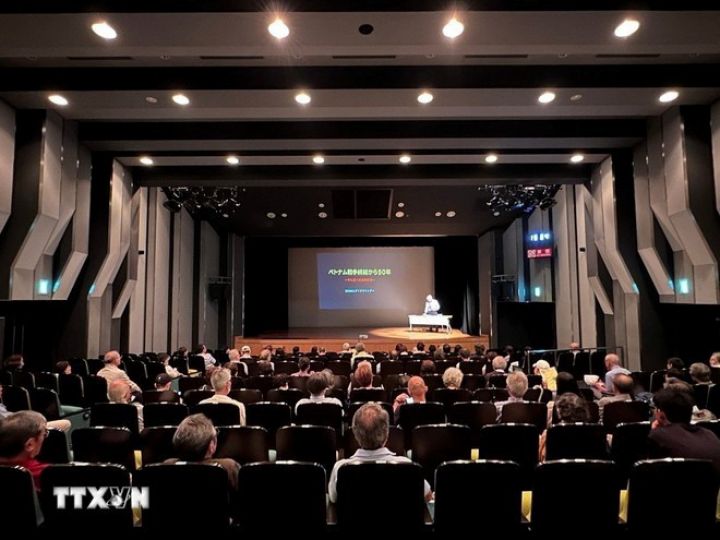


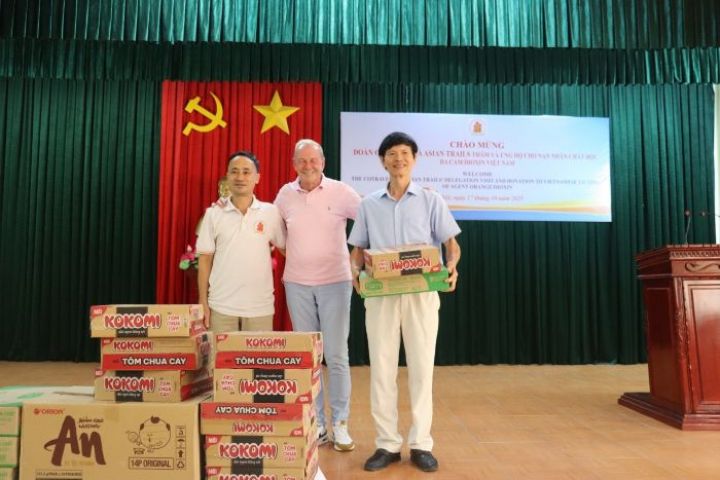











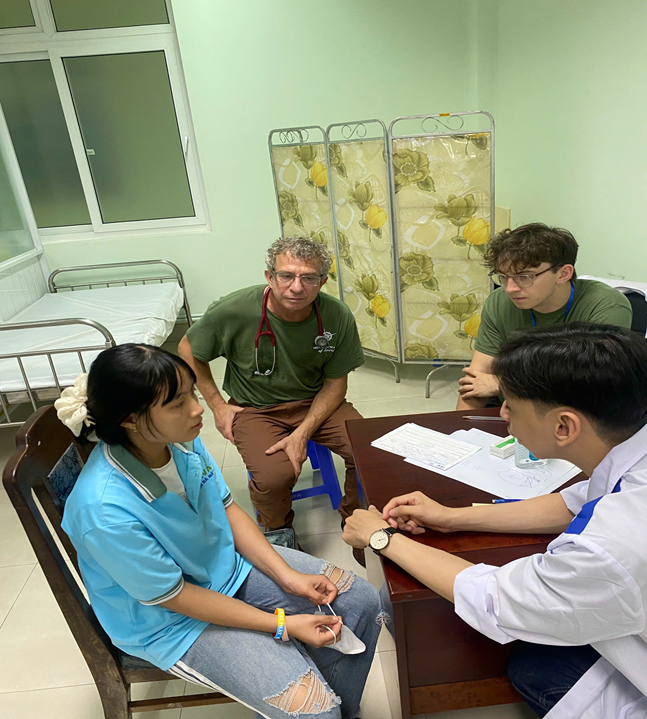
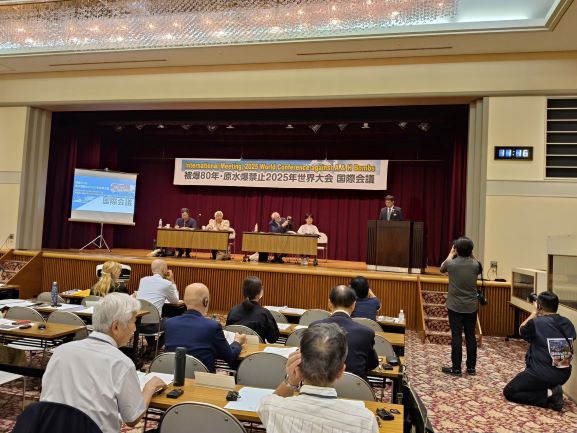
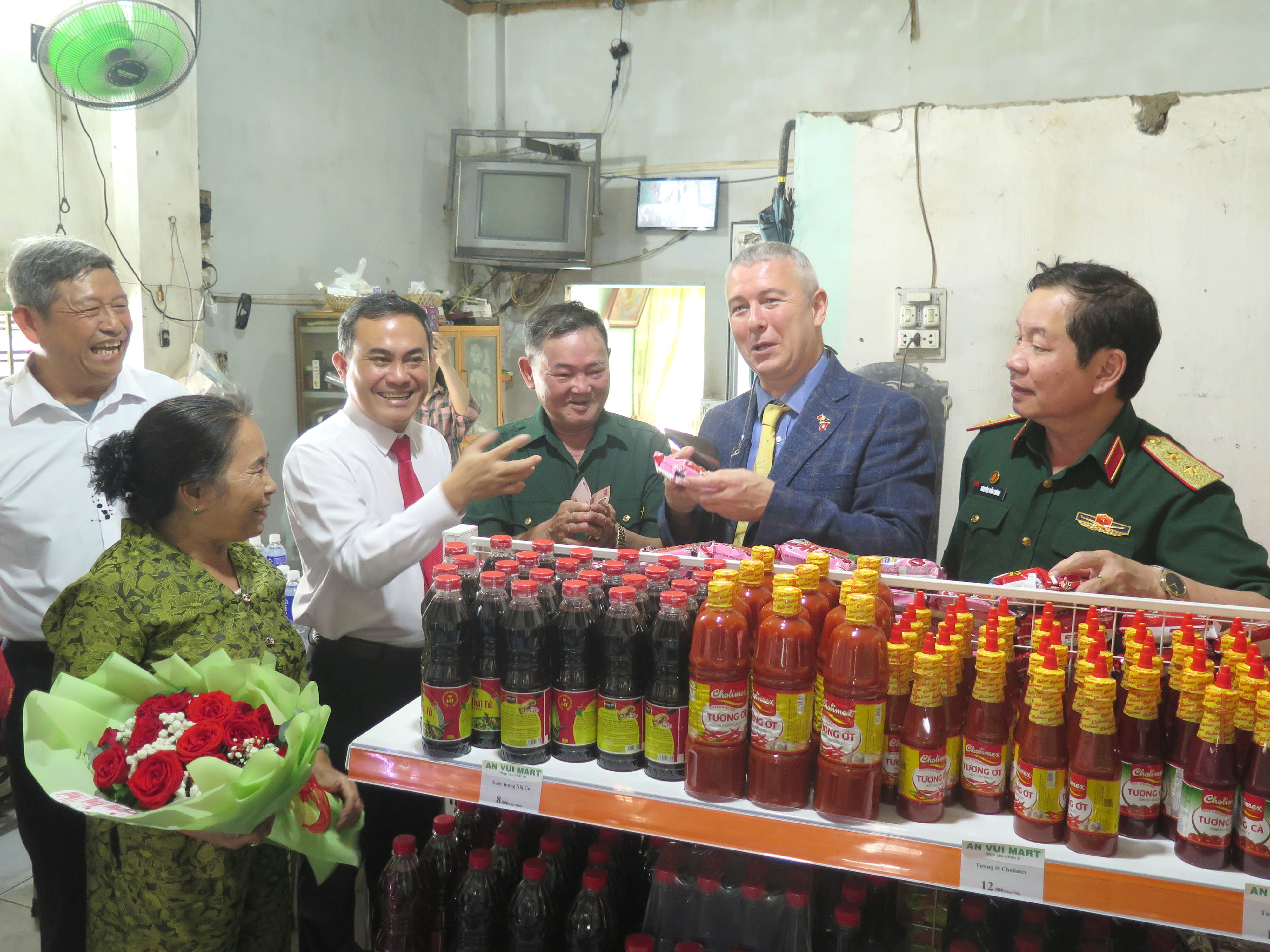
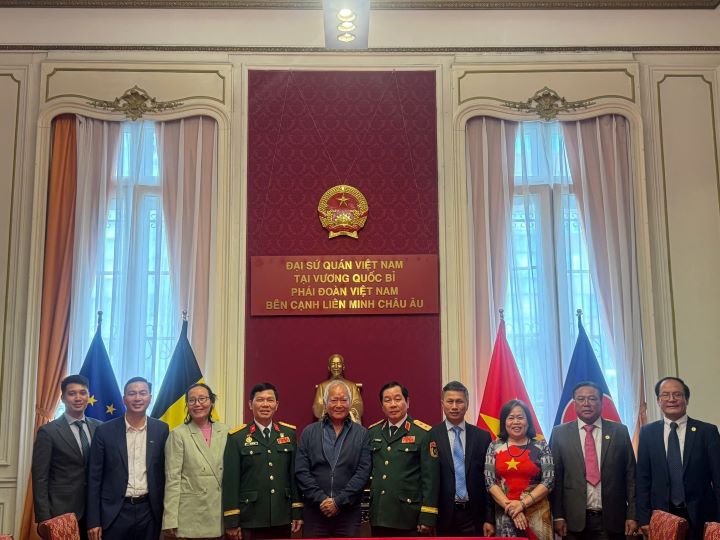

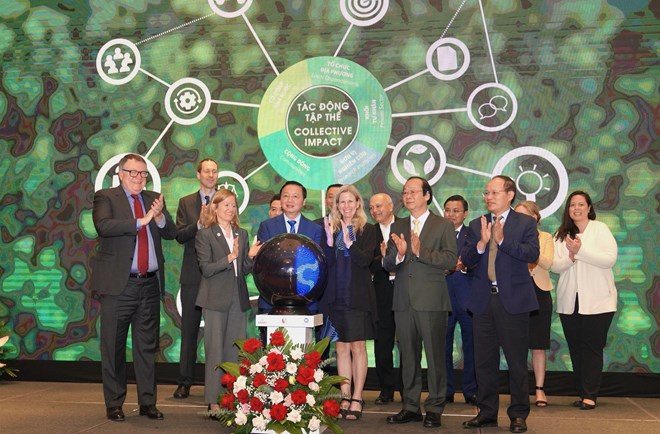

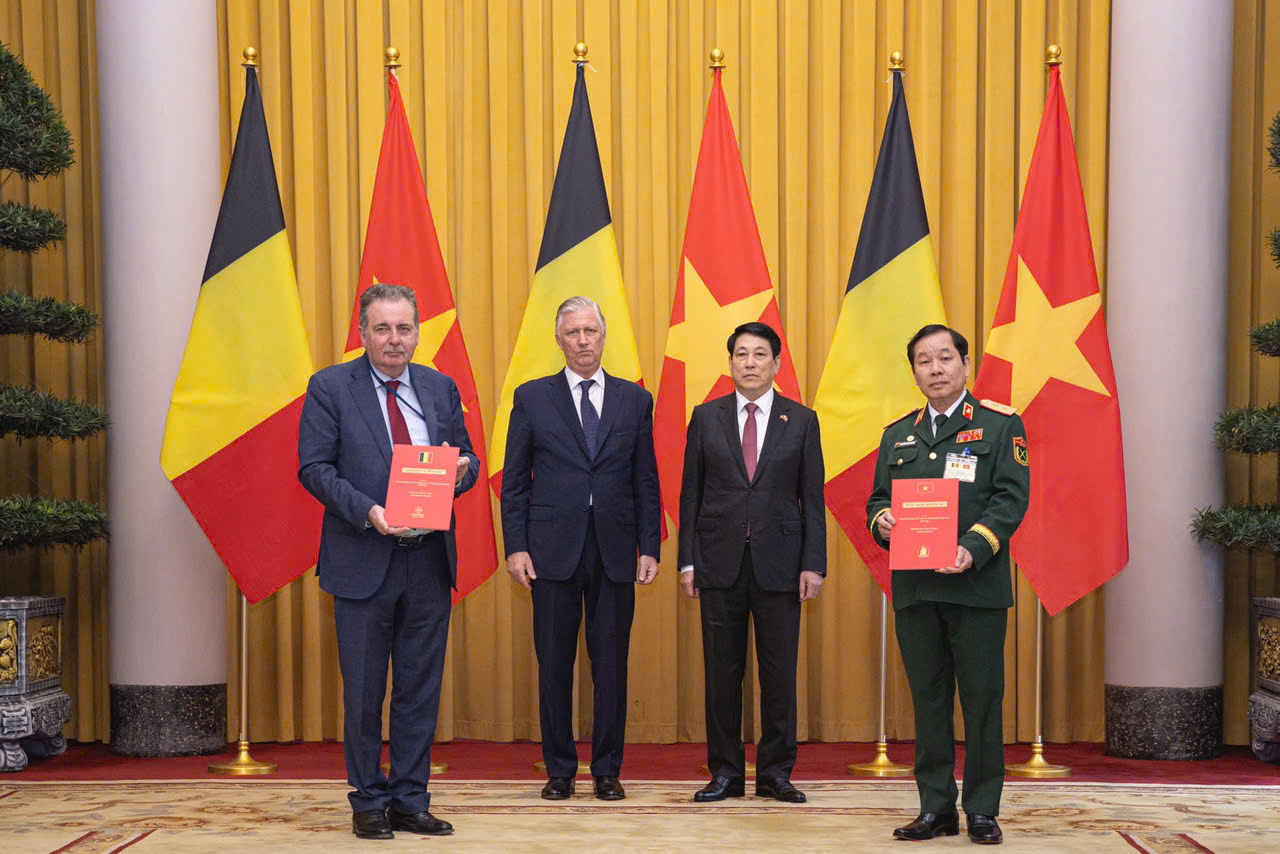


.jpg)
Comment